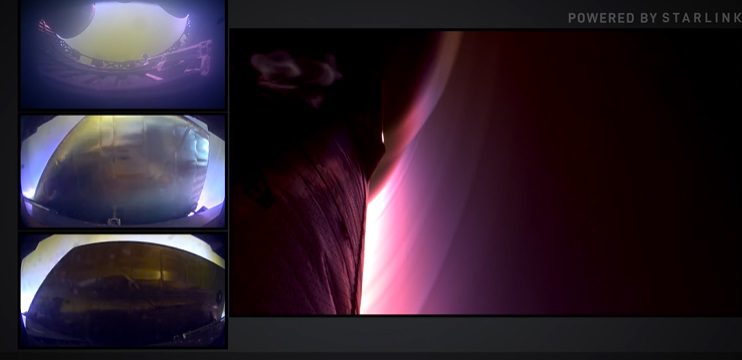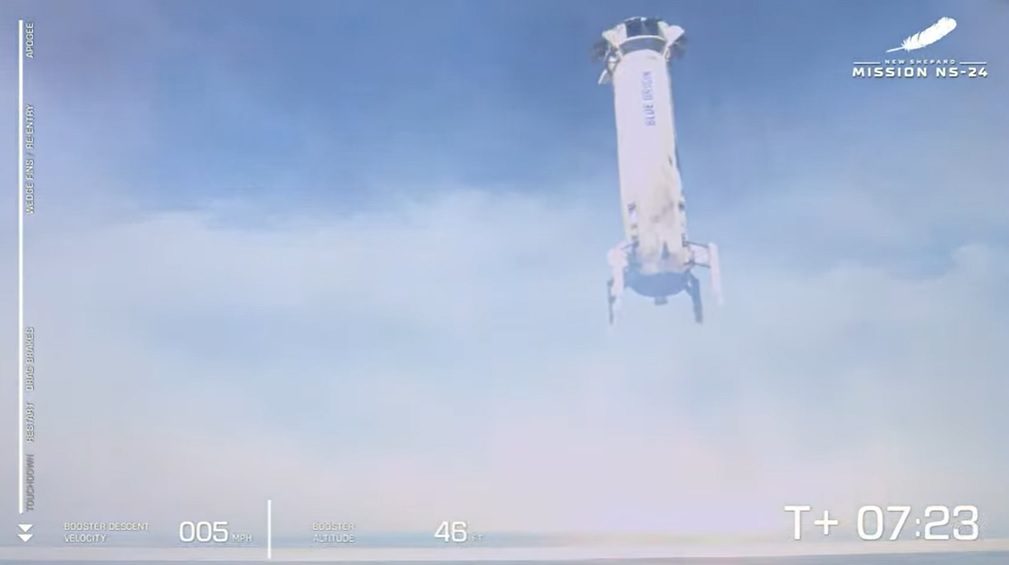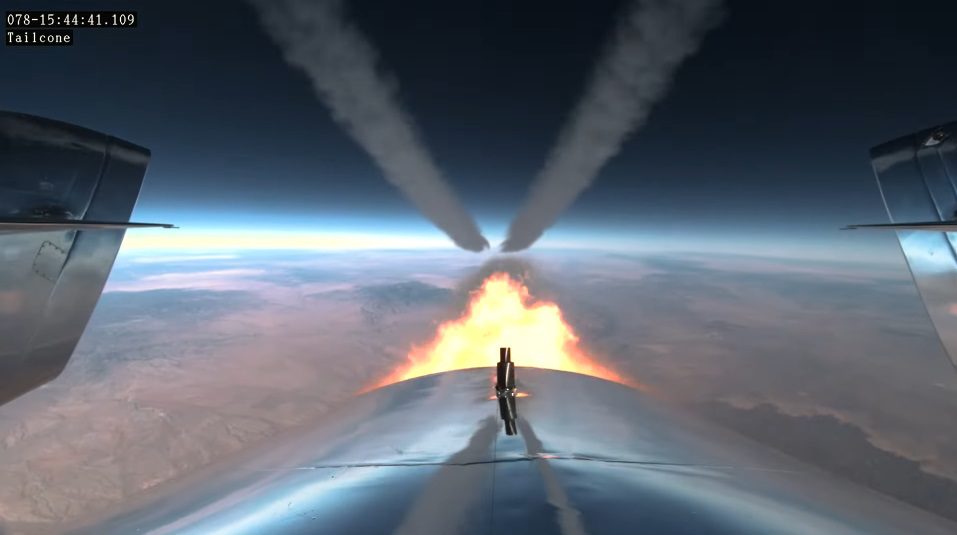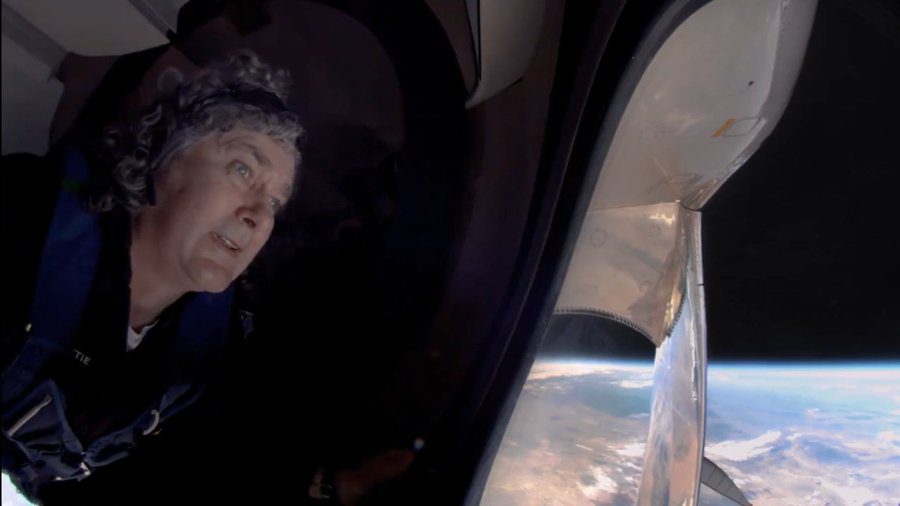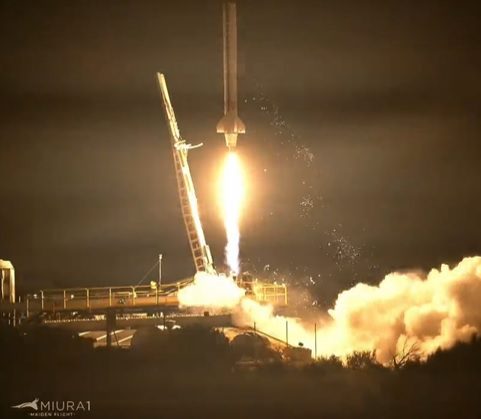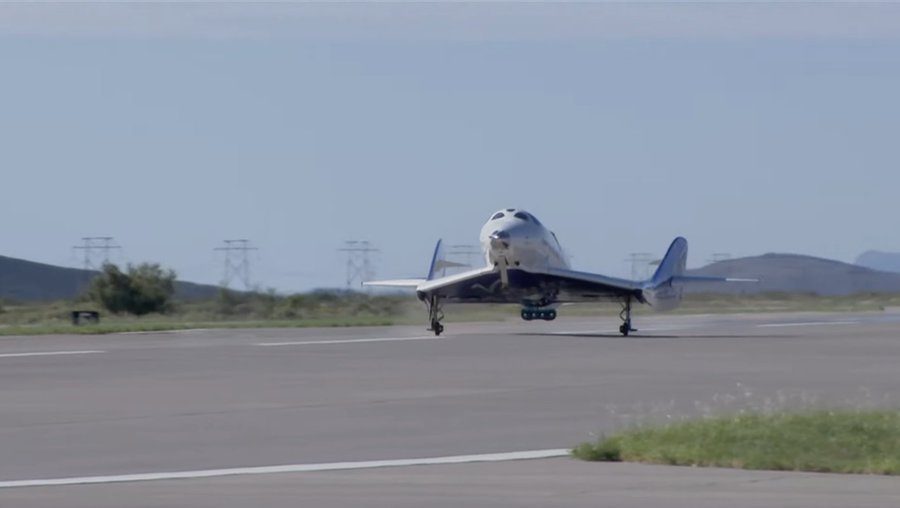China has made an extreme alititude suborbital rocket launch which may be an anti-satellite weapon. The launch of the rocket, which was officially investigating Earth’s magnetic fields, took place on 13 May from the Xichang launch site, elements of which are estimated to have reached close to the 36,000km altititude used by satellites in Geosynchronous Earth, is thought by US government experts to be a possible test of a new anti-satellite missile. The remnants of the test fell into the Indian Ocean. The altitide achieved was the highest ever achieved by a non-orbiting object since 1976.
Meantime, on 15 May, the US Navy made its third successful inteception test of its Standard Missile SM-3 Block 1B variant which is known to have both anti-ballistic missile and anti-satellite applications. This new variant of hte missile is now expected to go into full production. The Standard SM-3 Block 1B was launched from the U.S.S. Lake Erie striking and destroying a target missile launched from Kauai, Hawaii.
Standard Missiles were originally developed to arm cruisers and destroyers of the US Navy in a more conventional endoatmospheric anti-aircraft and anti-missile role. The latter role may soon be needed as it has emerged that Russia has delivered the latest versions of its supersonic anti-ship missile, the Yakhont to Syria’s government. With a range of 300km and in having such fast attack speeds, these impressive missiles (India’s Brahmos is a licenced copy) could hold off Western naval forces from making an intervention in the current civil war in Syria. Having said that, at such ranges, such missiles usuually have to be targeted remotely; either via satellite targeting or via maritime aircraft.

